I’m often the first to admit that there’s not much you need if you want to sow seeds indoors or outdoors—just a good growing medium, light, and water.
But sometimes there are forces working against us, and if there’s a way to boost our chances of seed starting success, I’m all for it. And in this article, I’ll share with you an easy little trick I like to use that gives my garden a jumpstart.
Timing and moisture: how and why seeds germinate when they do
Let’s talk tomato seeds. These hardy specimens have germinated on their own for generations without any interference from us well-meaning gardeners, but fermenting tomato seeds before drying and storing the seeds gives them a great start come springtime.
Pea seeds are another example. They’re among the easiest of seeds to sprout, but because they grow in cooler weather, the timing can be a little tricky.
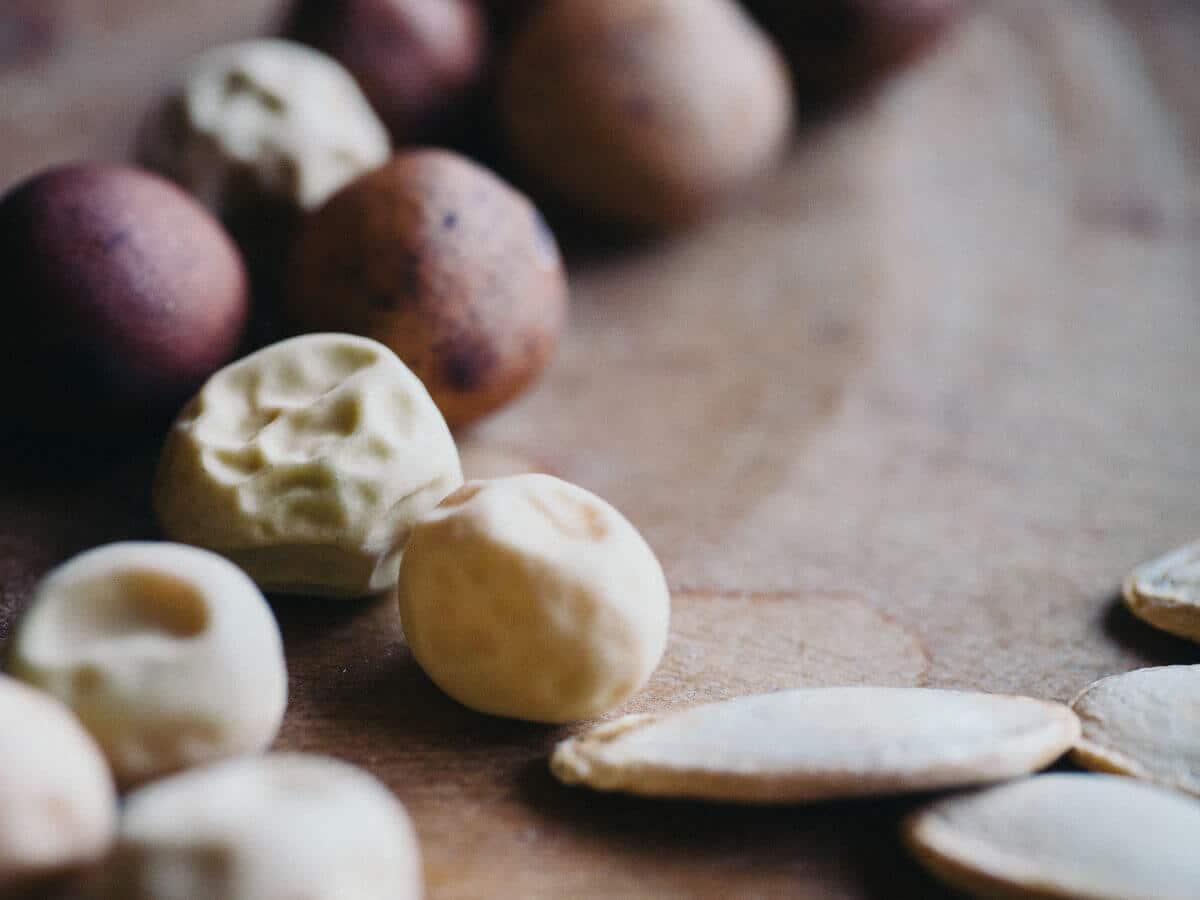
Sow them too soon, and they could rot in the ground from a cold and rainy spring. Sow them too late, and they could struggle to flower once the heat sets in. The same goes for sowing them too late in fall as well; a sudden frost might hit before they have a chance to germinate.
Related: Find First and Last Frost Dates Accurately with This Custom Planting Calendar
Despite being cold-tolerant, pea seeds prefer to sprout in daytime soil temperatures of 60°F to 80°F.
Temperatures below or above have a significant impact on germination, either by delaying the process or causing the seeds to decay altogether.
While peas will still germinate when the ground is 40°F, it could take a month or more before you see the first sprout! So for maximum production in the shortest amount of time, you should plan to sow your pea seeds when the soil is fairly warm.
To ensure the seeds will germinate the same week (and take away any uncertainty as to weather), I like to soak them before I sow the seeds outside.
This method is sometimes referred to as presoaking—that is, soaking your seeds in water before planting.

The benefits of soaking seeds before planting
There’s a secret to getting good seed germination.
And it all starts with this simple fact: all seeds need moisture.
As you may have learned in my seed anatomy post, the seed itself is actually a seed coat (like a type of armor) that protects the embryo (future plant) inside. The seed coat stays intact until the proper conditions (temperature, moisture, lightness, or darkness) present themselves for the plant to emerge.
Once the temperature feels just right, and there’s enough moisture to cause the seed coat to swell and rupture (thereby releasing its food stores and coaxing the embryo to develop), you have germination.
You may have seen this in tomato seeds that looked like they’d sprouted inside an overripe tomato, or squash seeds that suddenly germinated inside pumpkins you left on the counter too long. Apparently, those seeds liked the conditions in there!
But if it’s too cold or too wet, too warm or too dry for that particular seed, it will fail to germinate at all.
By soaking (presoaking) seeds in water ahead of time, you remove some of those barriers so the seeds are ready to sprout by the time you stick them in the soil.
Soaking is particularly useful for gardeners with heavy clay or super sandy soil. Clay is difficult to moisten evenly if it’s allowed to dry out; and once it does stay wet, it can hold moisture for too long, causing seeds to rot.
On the flip side, sand drains very quickly, making it a challenge to keep seeds (especially those near the surface) moist enough for germination to occur.
If the seeds are already wet, and the seed coats have absorbed enough water for the first root to emerge, that could mean a much earlier harvest than sowing seeds that were dry.
It also relieves some of the stress of ensuring your soil is adequately damp after you’ve sowed a row of seeds—a task that’s a little trickier when direct-sowing seeds outside versus starting them inside.
What types of seeds to soak
Soaking is beneficial for pea seeds as well as other seeds with thick, hard coats. You can (and should) soak the seeds of fava beans (Vicia faba), beets, cucumbers, corn, and squash. Big seeds. Wrinkled seeds.
In general, the tougher the seed, the more it will benefit from soaking.
Read more: How to germinate stubborn seeds with these nifty tricks
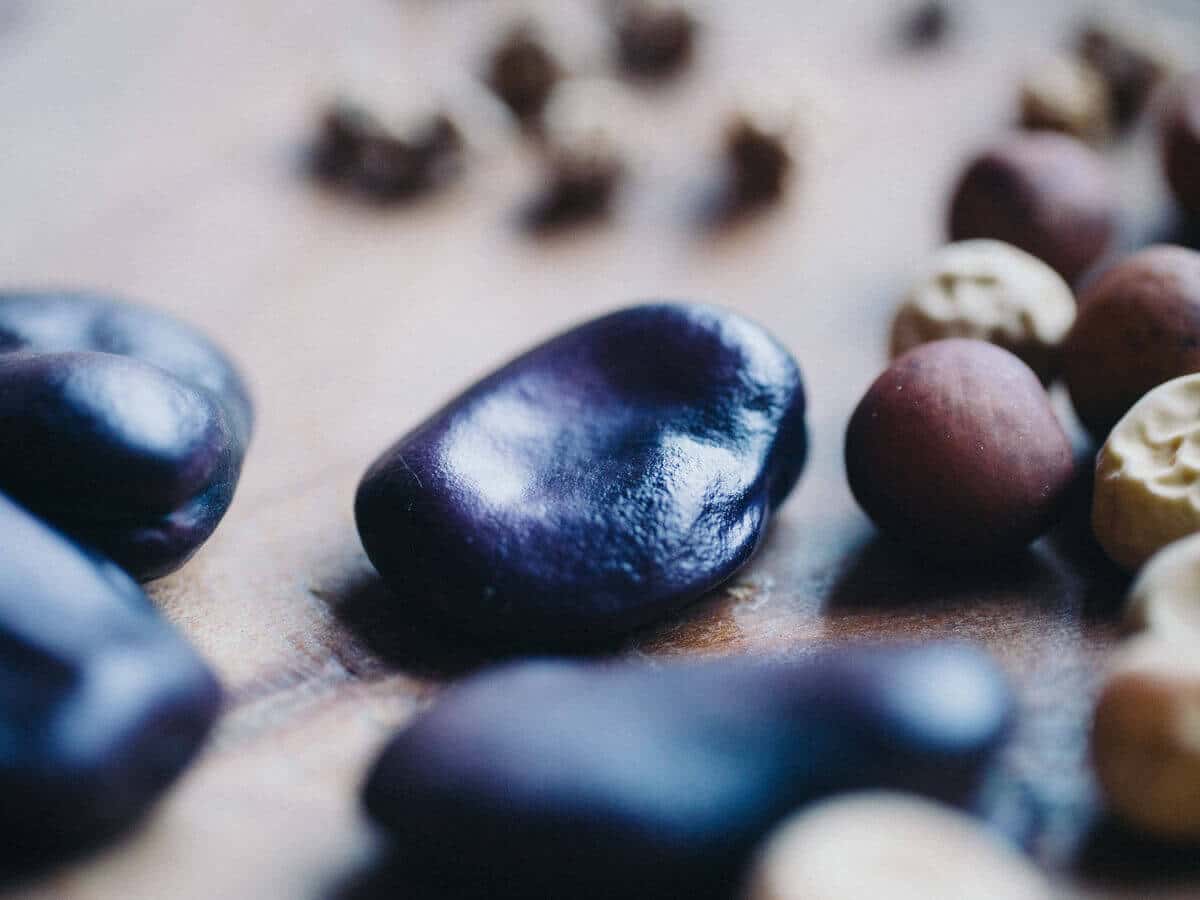
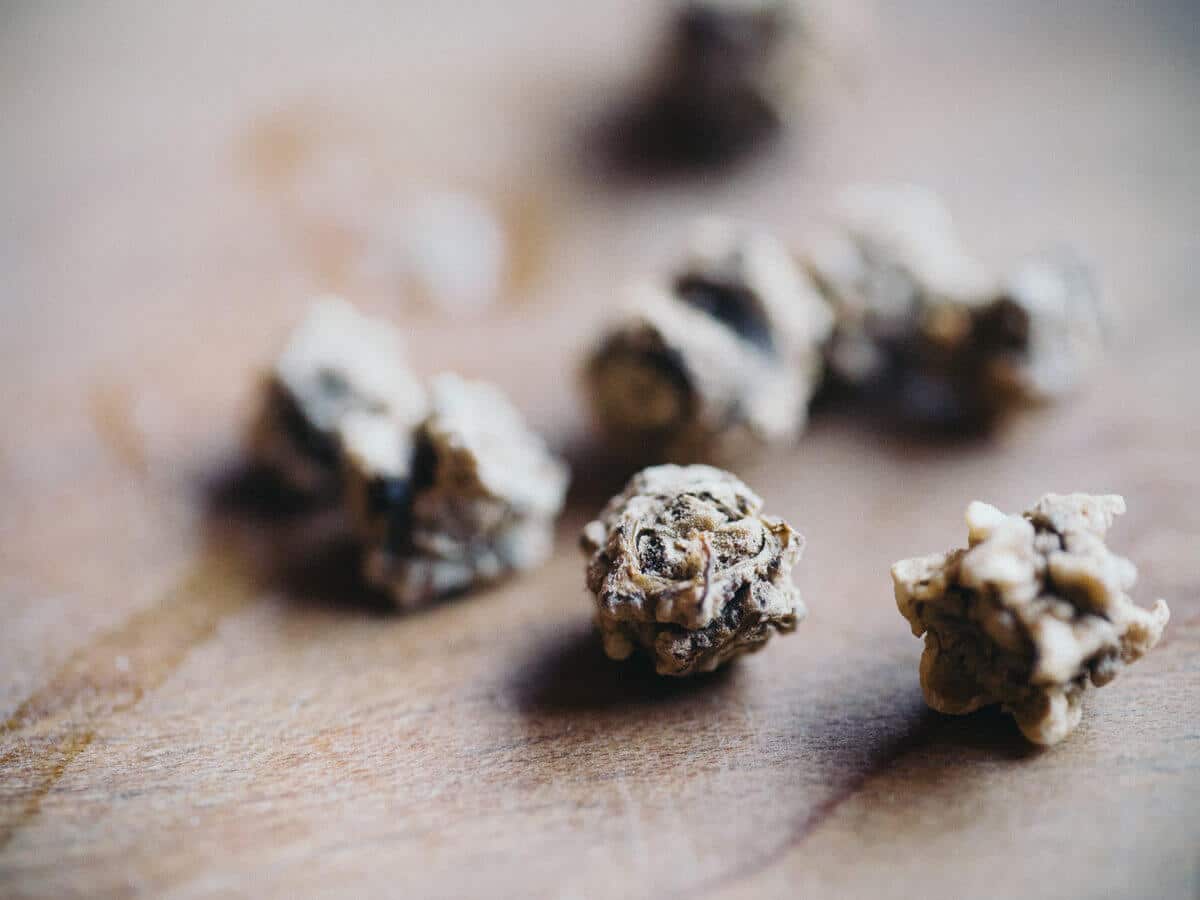
You can actually soak any seed in water, including flowers and herbs, though I feel the smaller ones (like carrots, which are among the slowest to germinate) are too troublesome to work with when they’re wet.
If you don’t mind pouring all those tiny, presoaked seeds on the soil and thinning the seedlings later, go for it!
What about bean seeds? Common pole bean and bush bean seeds (Phaseolus vulgaris) are actually quite thin, despite the shiny, hard appearance of their seed coats. They don’t benefit all that much from soaking, but should you insist, that brings us to my next tip…
How long to soak your seeds in water
Throw your seeds into a small bowl or cup filled with warm water (just enough to cover the seeds).
For thick-skinned seeds like peas, aim for 8 to 10 hours (or overnight, assuming you soak them right before bed and sow them first thing in the morning).
For thin-skinned seeds like snap beans, soak for 2 to 4 hours.
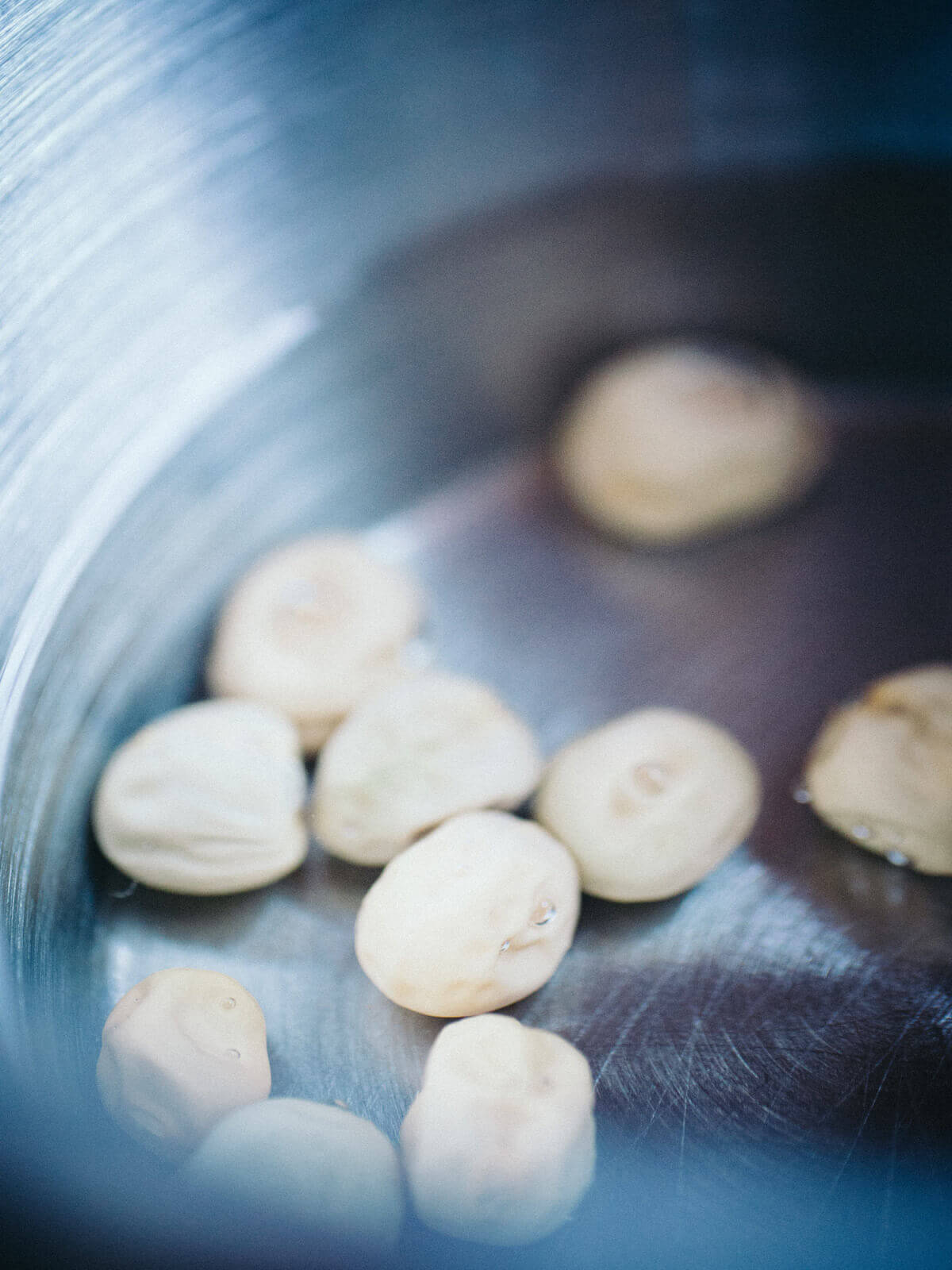

For all other seeds in between, the best length of time to leave seeds in water is more an art than a science. You want to soak them long enough so the coats begin to swell, but not so long that they just split or rot.
A safe place to start is a couple of hours; after that, check your seeds every hour until you start to see them plump up.
Anecdotal evidence abounds for people who have soaked seeds for up to 24 hours without issue (such as the case with okra), but this is really a matter of trying it and seeing if it works.
Why do some seeds float or sink while soaking?
When you start soaking your seeds, you might find a few floaters.
Contrary to popular belief, this does not necessarily mean the floating seeds are “bad.” They’re soaked for such a short period of time that it isn’t possible to tell whether or not they’ll germinate—sometimes they will.
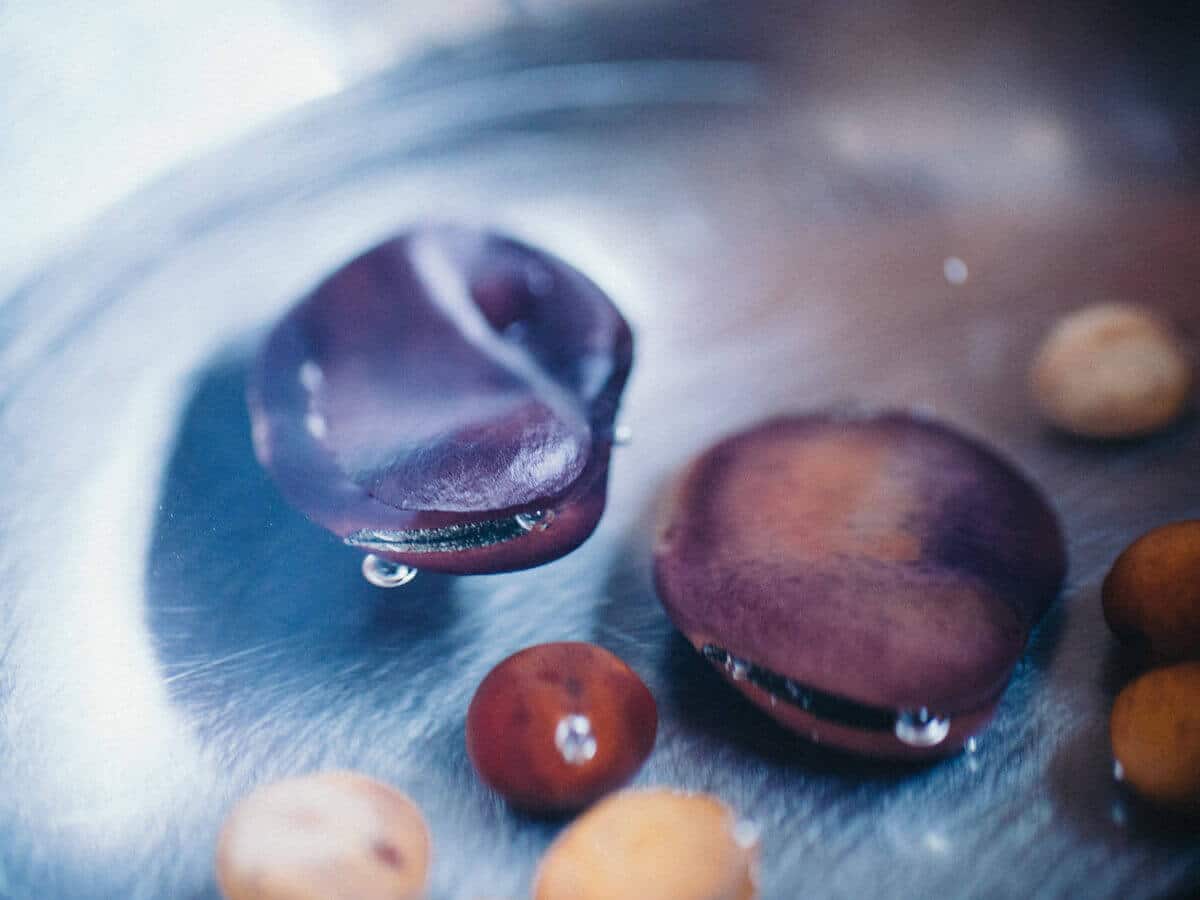
Seeds may float because they lack viable embryos or nutrient stores, making them less dense than “good” seeds that sink in water.
Or, they may float because they have air pockets inside, which don’t always affect seed vigor or viability. The only sure way to test germination is to use the paper towel method for starting seeds.
When to plant presoaked seeds
Once the seeds soften a bit and start to swell (an appearance you’ll become familiar with the more often you soak your seeds), sow them in the ground immediately.
You’ll often find that by soaking your seeds ahead of time, you’ve shaved a few days to even a week or more off the germination time.

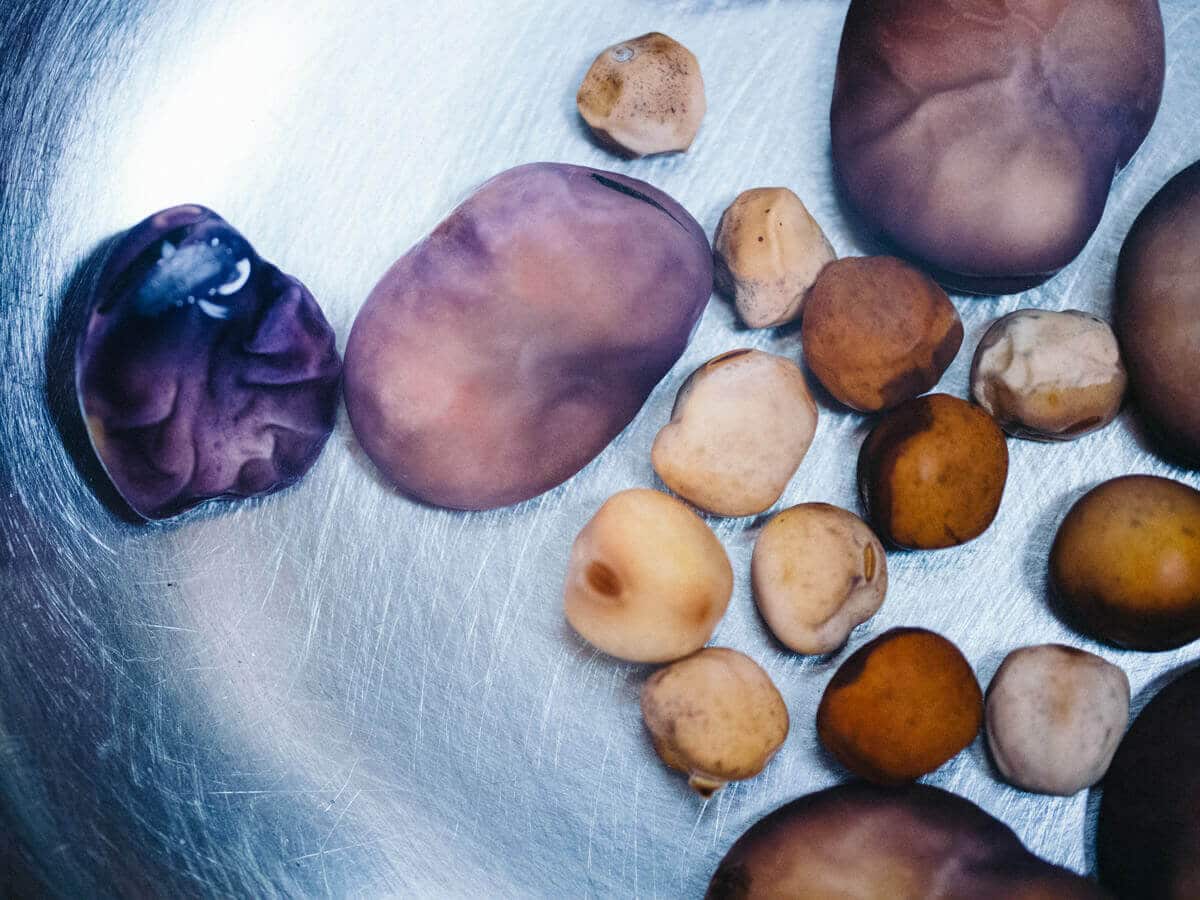
Keep the soil uniformly moist and you should see the first sprouts within a couple of days. Congratulations, you’ve just given your crop a head start on life!
This post updated from an article that originally appeared on November 5, 2015.


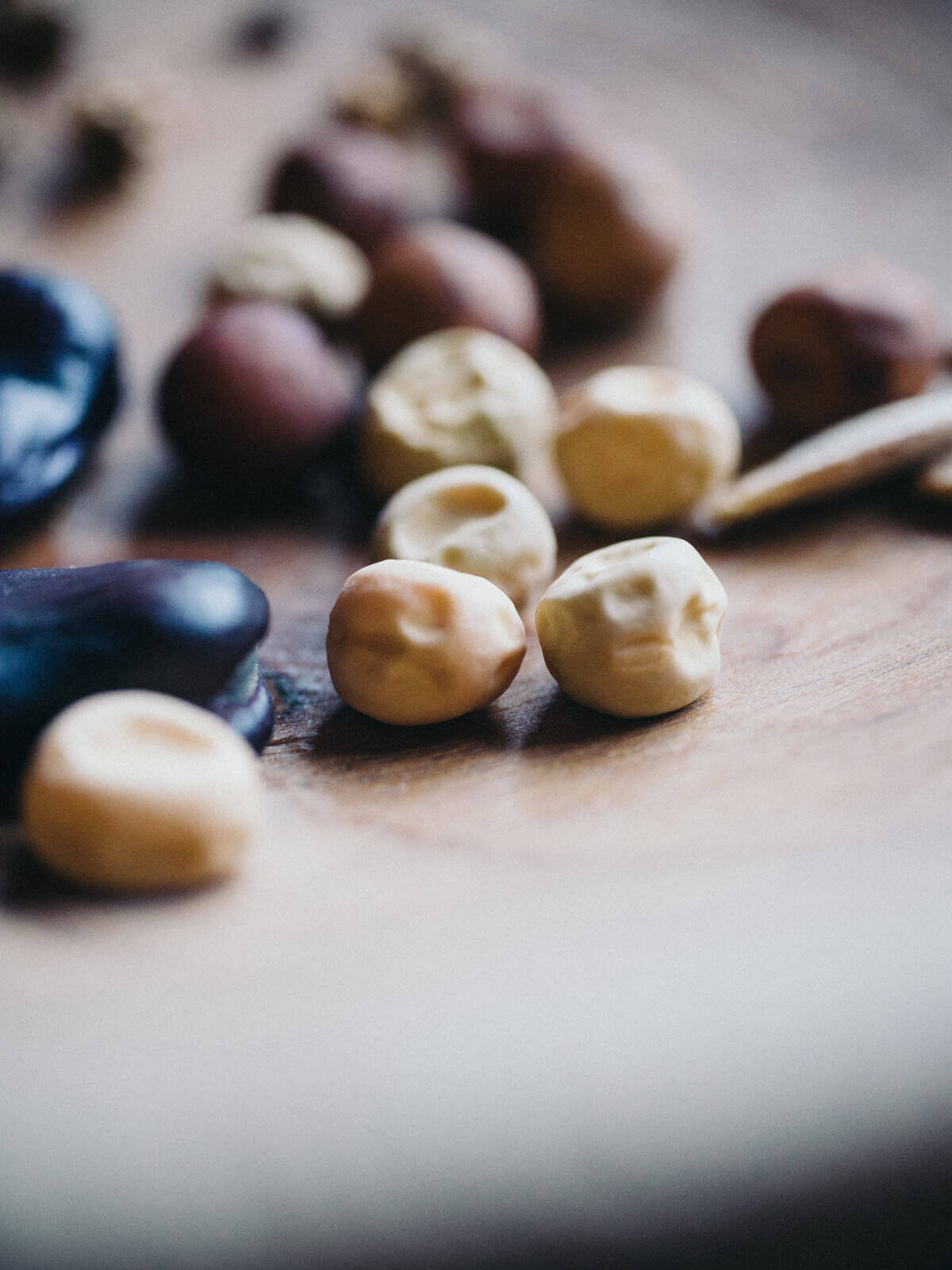













I did a science experiment at school and soaked lettuce seeds in water until they germinated. So is leaving them in too long really an issue?